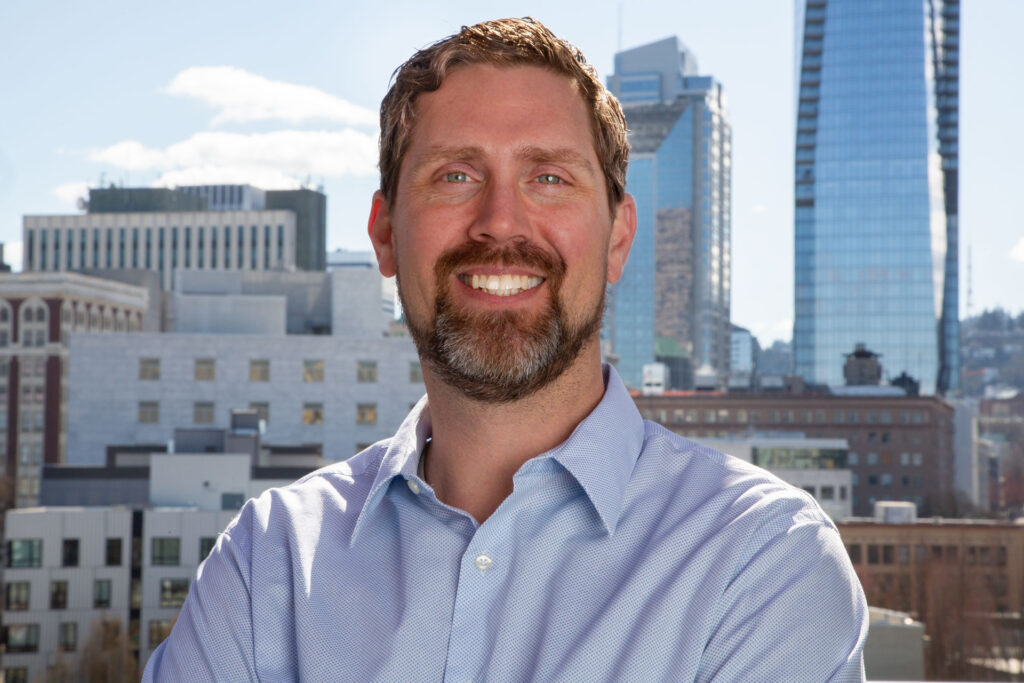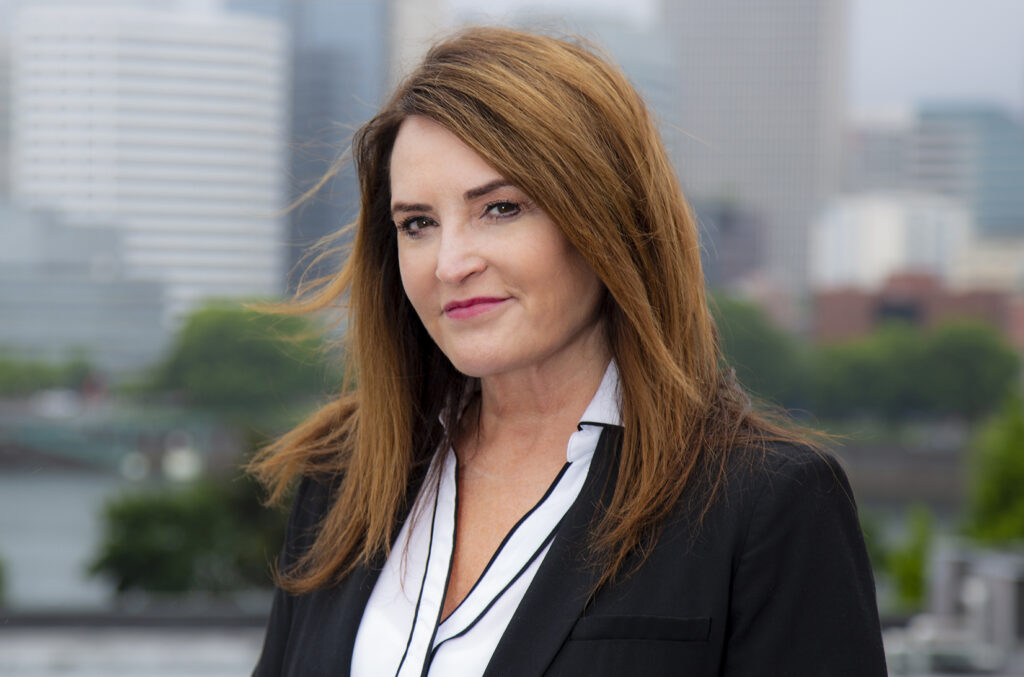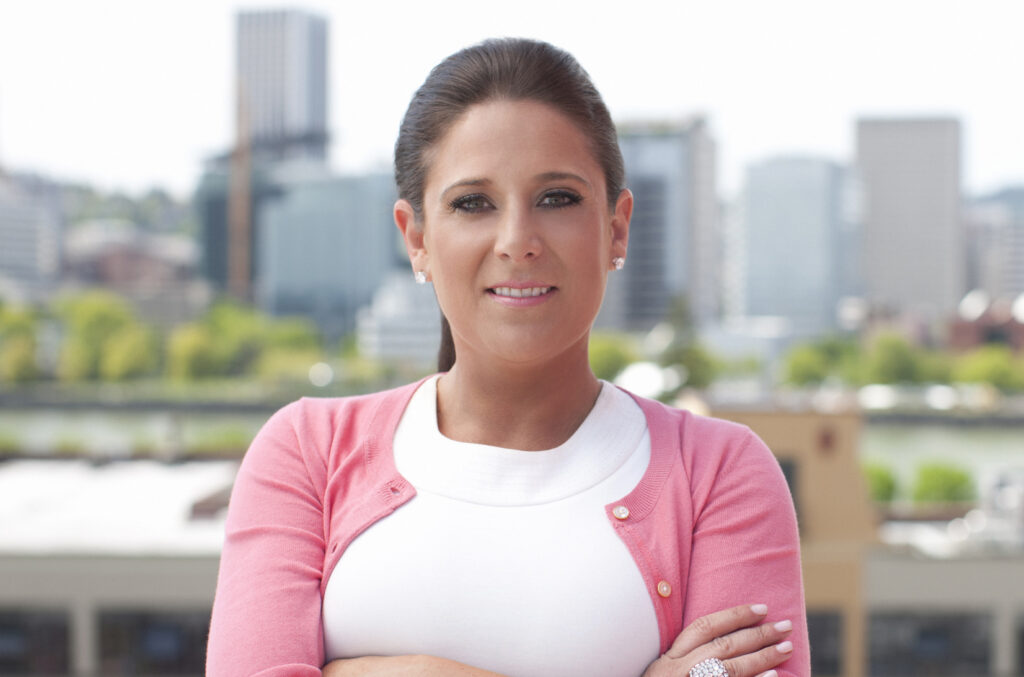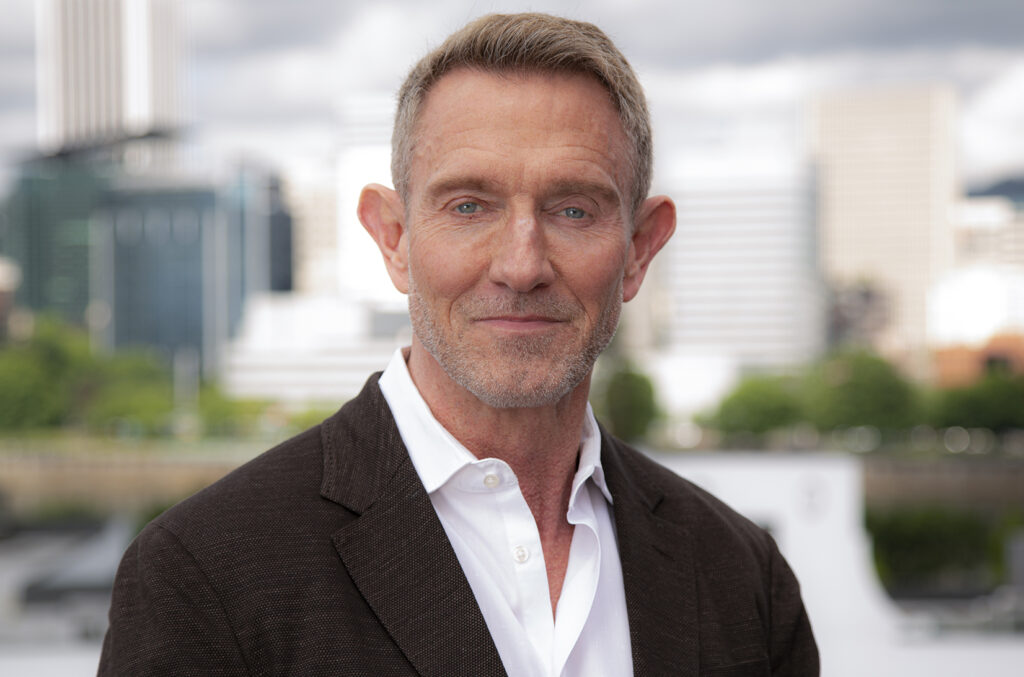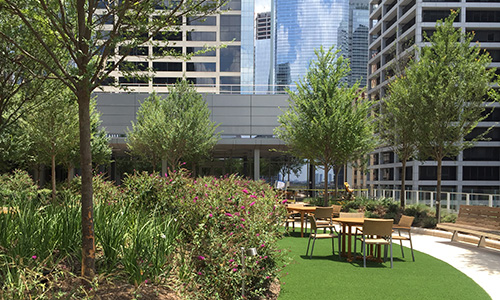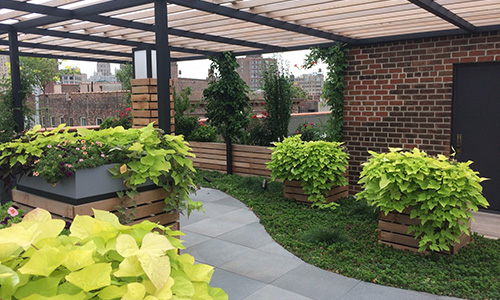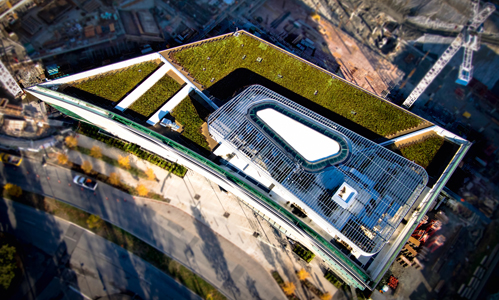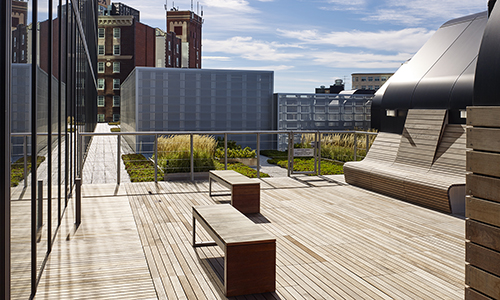Why install a green roof?
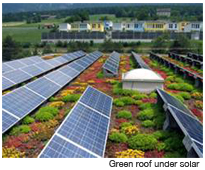
Green roofs, also known as eco-roofs or vegetated roofs, are increasingly common. They are known as a great way to make a bleak space aesthetically pleasing and increase property demand and value. However, there are other benefits that come from the implementation of green roofs.
The largest impact that green roofs have is on stormwater management. Continued expansion of urban development throughout the world has resulted in increasing amounts of impervious (hard) surfaces. These impervious surfaces decrease both infiltration and evaporative water loss from soils and plant surfaces due to the removal of native vegetation and natural ecosystems. In addition, pollutants deposited on these surfaces run off into our rivers and streams; further degrading water quality and surrounding natural habitats. Columbia Green’s products significantly decrease stormwater runoff, while also creating more energy efficient and sustainable buildings.
Green buildings and green roofs are increasingly viewed as a solution to help mitigate the threats and concerns surrounding climate change, water quality and the expanding gap that exists in energy supply and demand. The application of a green roof can help to reduce energy costs related to heating and cooling through their insulating effects, providing the building owner with year round energy savings. Green roofs that are combined with solar panels have also been shown to produce even greater energy benefits due to increased panel efficacy that help contribute to lower a building’s overall energy consumption and environmental footprint.
The concept of urban heat island effect is gaining more attention throughout the U.S. and as a result there is more pressure to more directly address this issue and mitigate its effects. Generally, urban heat island describes a buildup of atmospheric gases, usually in a metropolitan area, that is hotter than the surrounding rural areas. This occurrence can affect communities and cities by increasing energy demands in summer months: increasing air conditioning costs, and heightening the occurrence of heat-related illness and fatalities. Green roofs can play an integral role in mitigating those negative effects through the ability to lessen the amount of gases that warm the atmosphere and therefore cool the surrounding environment.
Developers and design professionals are also increasingly looking to green roofs for the benefits they provide as a way to create more sustainable green buildings, with lower carbon footprints and a greater ability to manage stormwater runoff. These benefits also extend to the building owner through increased building aesthetics and a potentially higher LEED Certification rating. The application of a green roof helps to contribute from 6 to 14 LEED points for sustainable building structures, while buildings with white membranes alone, qualify for only 1 to 2 LEED points.
Buildings with green roofs also help to extend the life of the roofing membrane; up to 2 times in many cases. This lowers replacement and repair cost to a building owner, thus reducing direct capital investments.
The green roof industry is continually growing and further benefits continue to develop as groups within the green building community push the envelope as to what this technology can provide. Green roofs are also seeing support from governments across the globe. Governments worldwide have begun to adopt strategies of incentivizing green initiatives and enforcing minimum standards that support the development of green buildings. Some incentives available for installing a green roof system include: tax incentives, zoning expansions and direct public utility rebates/monthly billing reductions.





